
Certain engines have failure rates that would embarrass a tech startup’s beta launch. These automotive disasters spawned entire forums dedicated to sharing repair horror stories and coping strategies. You’ll find mechanics who refuse to work on them and used car dealers who price them to move fast. Here’s your guide to the engines that transform car ownership from transportation into expensive therapy.
15. Ford 5.4L Triton 3-Valve V8 (2004-2010)
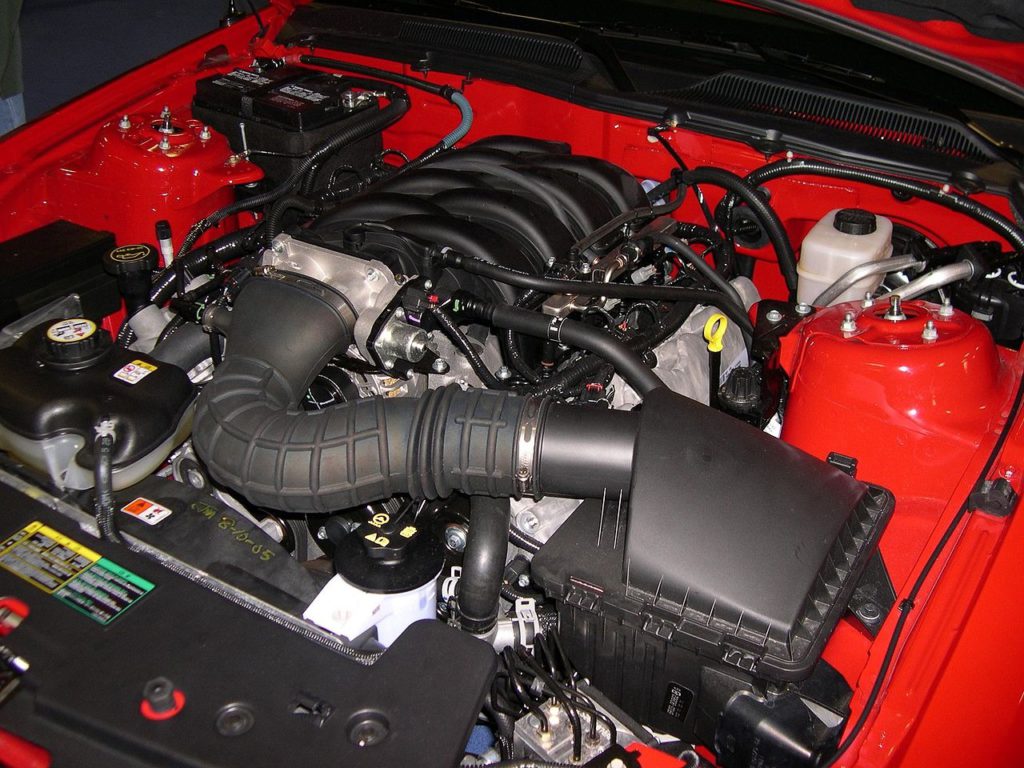
Ford F-150s and Expeditions received spark plugs designed by someone who clearly disliked mechanics. Plugs break during removal, requiring special extraction tools and often thread repair work. Cam phasers fail regularly, creating distinctive ticking sounds at idle.
Rough running and check engine lights accompany spark plug deterioration. Specialized tools and abundant patience become necessary for plug changes. Consider preventative cam phaser replacement around 100,000 miles to avoid roadside failures.
14. Mazda Renesis Rotary Engine (2003-2012)
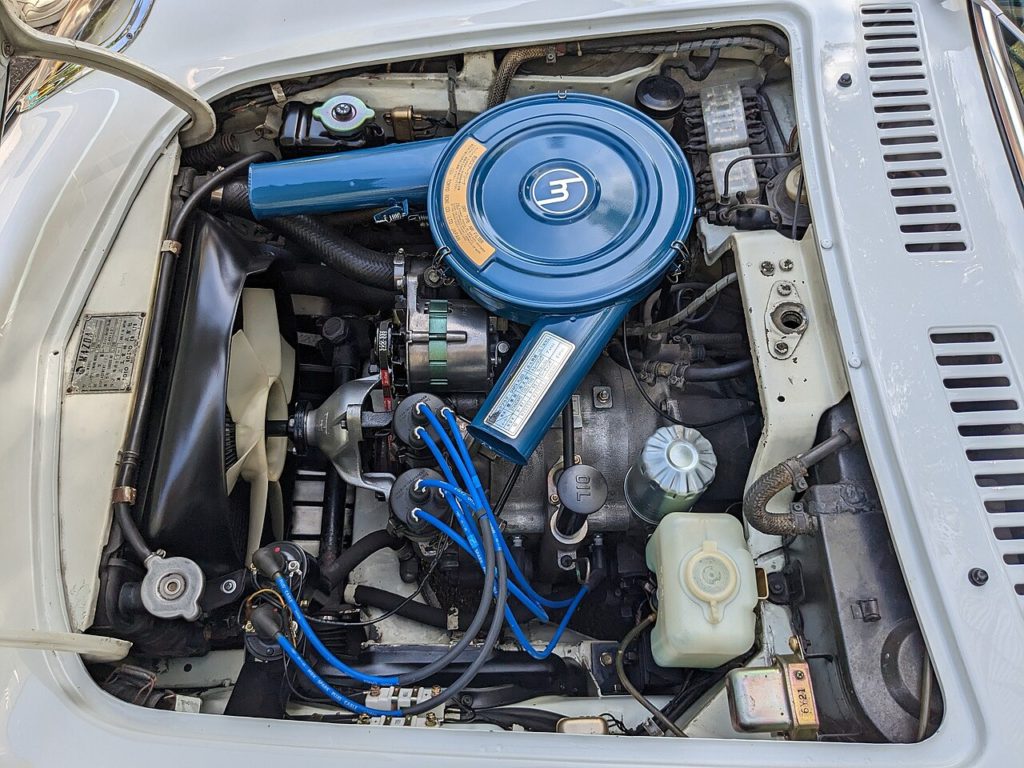
The RX-8’s rotary design consumes oil by engineering intent while apex seals fail with concerning regularity. Brilliant concept meets flawed execution in this unique powerplant. Difficulty starting when warm signals apex seal deterioration beginning.
Power loss and excessive oil consumption confirm what rotary enthusiasts fear most. Budget rebuild costs every 80,000 miles and carry spare oil everywhere. Premixing fuel with two-stroke oil extends apex seal life between major services.
13. Chrysler 2.7L V6 (1998-2010)
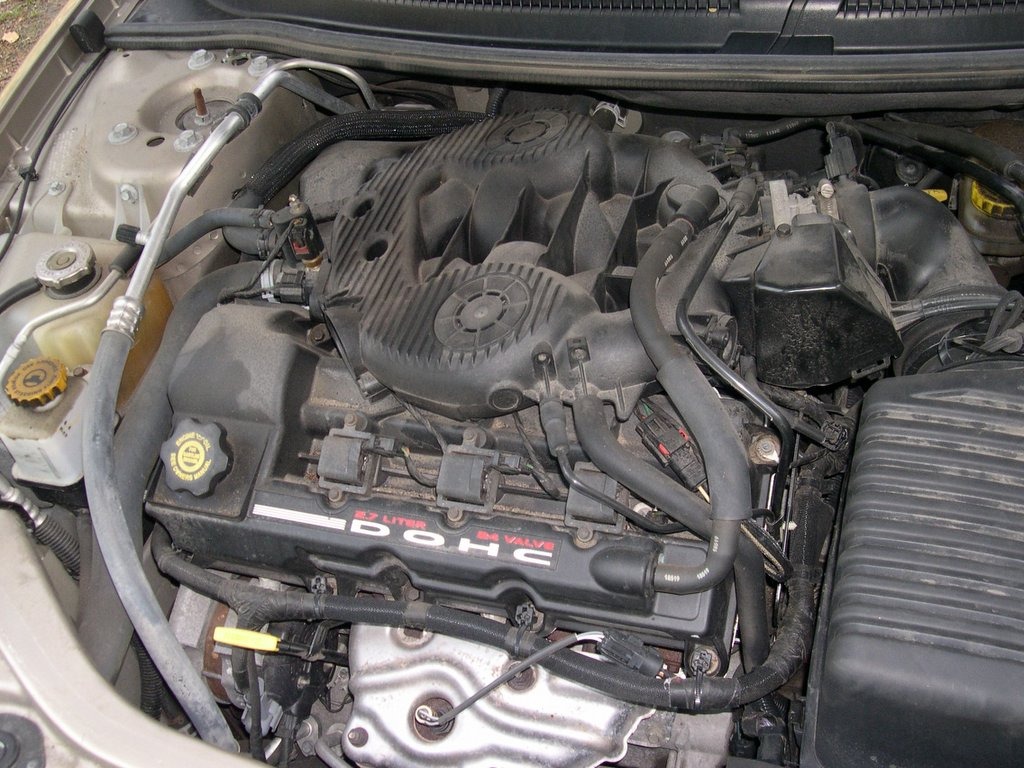
Oil passages smaller than smartphone charging ports doom this engine from the start. Found in Sebrings, Intrepids, and Chargers, the 2.7L transforms motor oil into thick sludge that blocks lubrication pathways. Ticking noises announce oil starvation in progress.
Warning lights for oil pressure appear too late to prevent damage. Reduced performance signals internal components fighting for survival. Religious oil changes every 3,000 miles with full synthetic provide the only defense against inevitable sludge buildup.
12. GM 3.6L VVT (2004-2011)
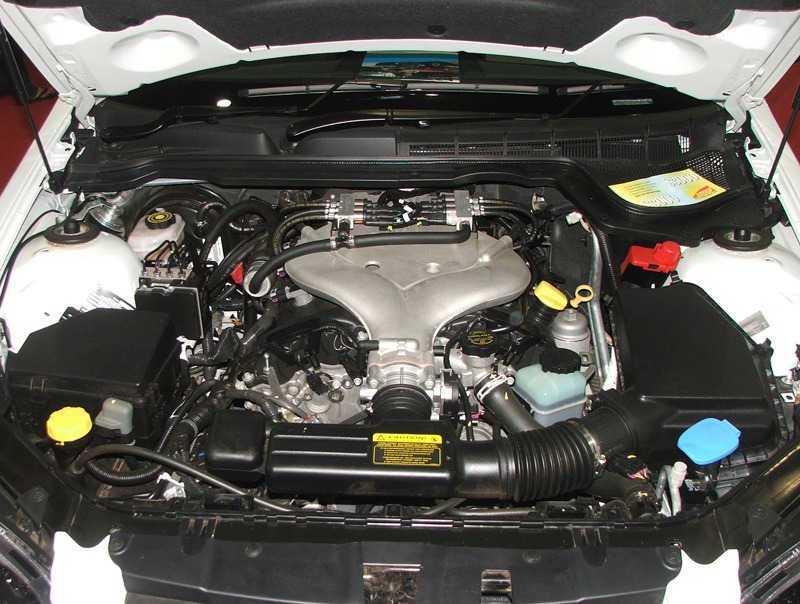
Variable Valve Timing adds complexity that General Motors couldn’t perfect initially. Found in Cadillac CTS, Chevy Camaro, and various other models, timing chains stretch beyond acceptable limits over time. Rough idle and timing-related fault codes announce impending failure.
Rattling from the engine’s front end signals chain problems requiring immediate attention. Waiting only ensures more extensive internal damage. Address timing chain noise promptly to avoid complete engine reconstruction.
11. BMW N63 4.4L Twin-Turbo V8 (2008-present)
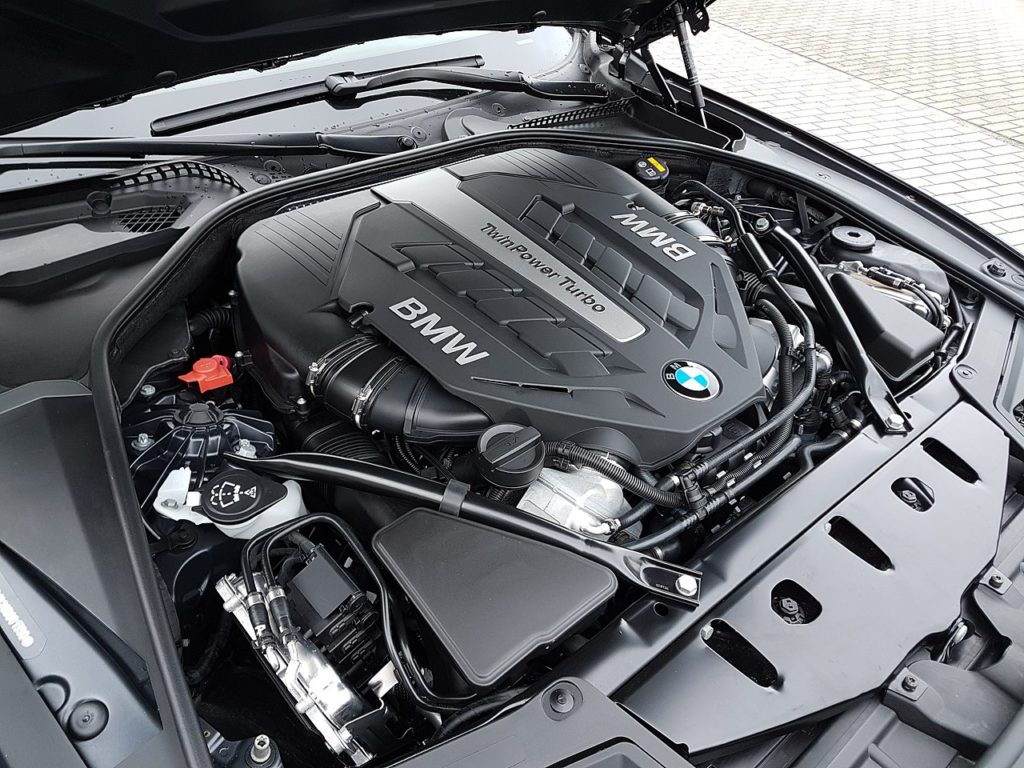
BMW’s N63 delivers impressive power in 5, 6, 7 Series and X5/X6 models, then burns oil faster than your wallet empties at the gas pump. Valve stem seals fail with predictable regularity around 60,000 miles, creating repair bills that hover around $7,000. The engine consumes more than one quart of oil per 1,000 miles when problems develop.
Ticking sounds from the valve area signal trouble brewing. Excessive oil consumption and mysterious disappearing fluids point toward seal failure. Smart money leases these vehicles and returns them before warranty expires, leaving the next owner to handle the expensive surprises.
10. Yugo 1.1L Inline-4 (1985-1992)
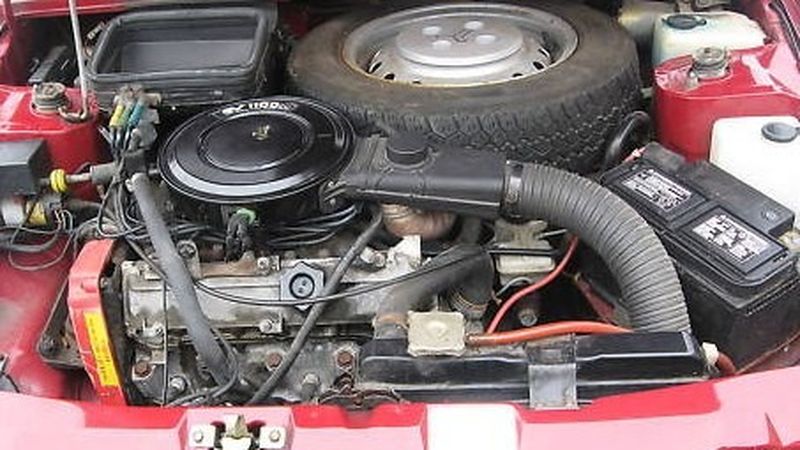
Fiat-derived engineering met questionable manufacturing to create automotive suffering in compact form. Poor materials and worse assembly quality produced engines that barely qualified for the title. Running condition itself serves as a warning sign of impending failure.
No specific symptoms exist because the entire engine represents one continuous symptom. Museum donation provides more value than continued operation. Literally any other vehicle choice offers superior reliability and performance.
9. Toyota 3VZ-FE V6 (1988-1995)
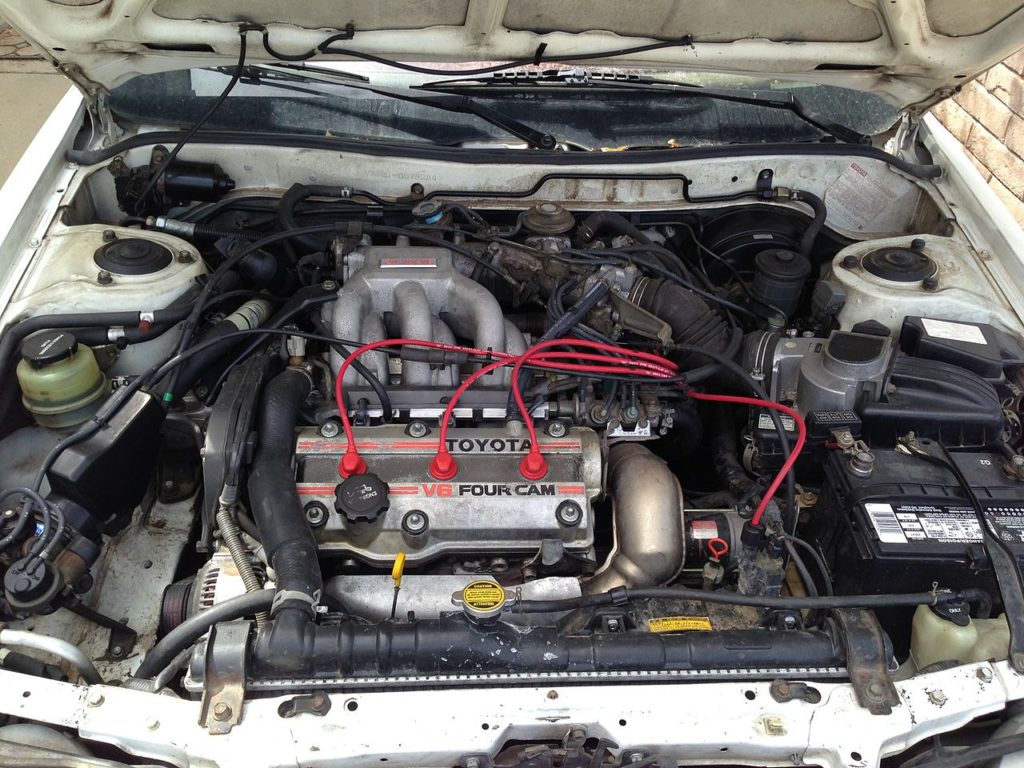
Even Toyota occasionally misses engineering targets. This V6 in early 4Runners, Camrys, and pickups features head gasket design flaws affecting coolant passages. Cylinder heads warp from uneven cooling, creating complex repair scenarios that challenge experienced mechanics.
Overheating during hill climbs and white exhaust smoke indicate head gasket compromise. Coolant disappears without visible external leaks. Professional head machining and updated gasket designs prevent repeat failures when replacement becomes necessary.
8. Jaguar/Land Rover AJ133 5.0L V8 (2009-2019)
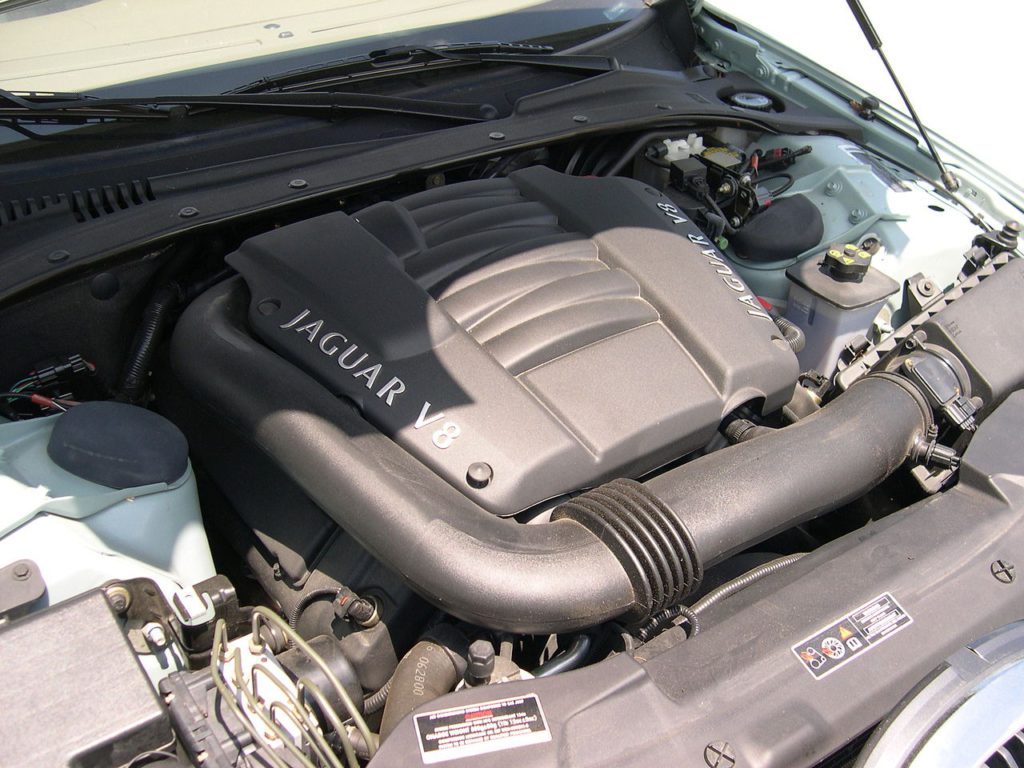
Range Rovers, Range Rover Sports, and Jaguar F-Types house supercharged V8s with poorly positioned water pumps. When pumps leak – and they will – coolant soaks critical electrical components. Timing chain guides compound problems by failing separately.
Coolant loss and overheating precede electrical gremlins throughout vehicle systems. Check engine lights multiply as water damage spreads. Replace water pumps preventatively every 60,000 miles regardless of apparent condition.
7. Volkswagen 2.0L TSI (2008-2013)
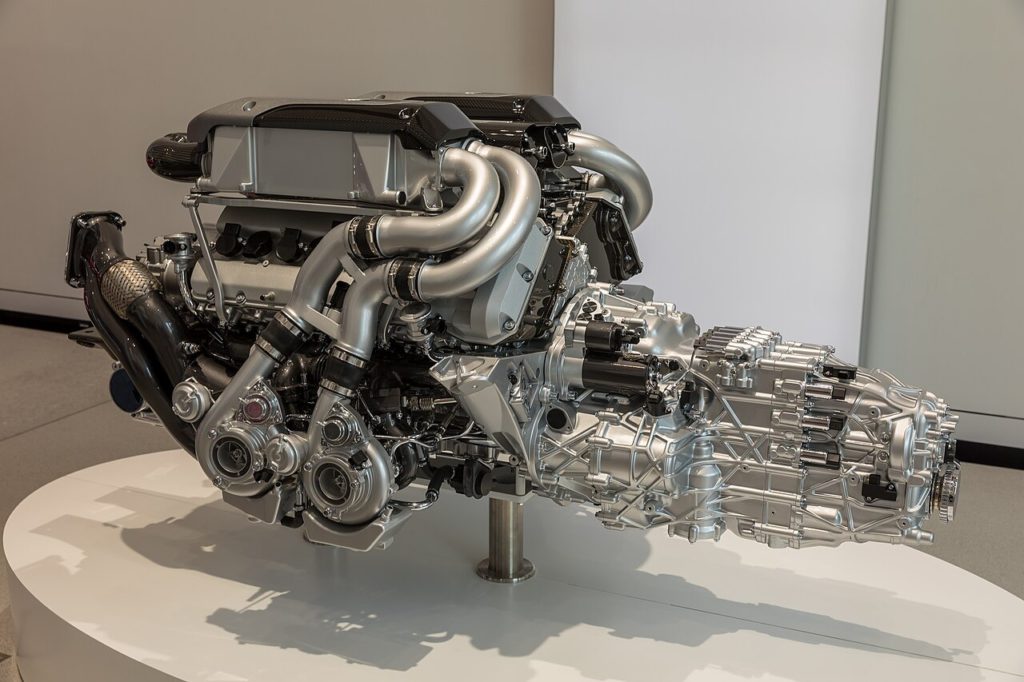
Volkswagen’s timing chain tensioner represents engineering optimism taken too far. Nearly every VW and Audi with this powerplant faces potential catastrophic failure without warning signals. The chain jumps timing, valves meet pistons violently, and suddenly you need a complete engine rebuild.
No warning signs exist for this failure mode – just sudden silence where engine noise used to be. The $800 preventative tensioner replacement beats paying $4,000+ for engine reconstruction. Schedule this repair immediately if your vehicle still has the original tensioner installed.
6. Ford 4.0L Cologne V6 (1997-2010)
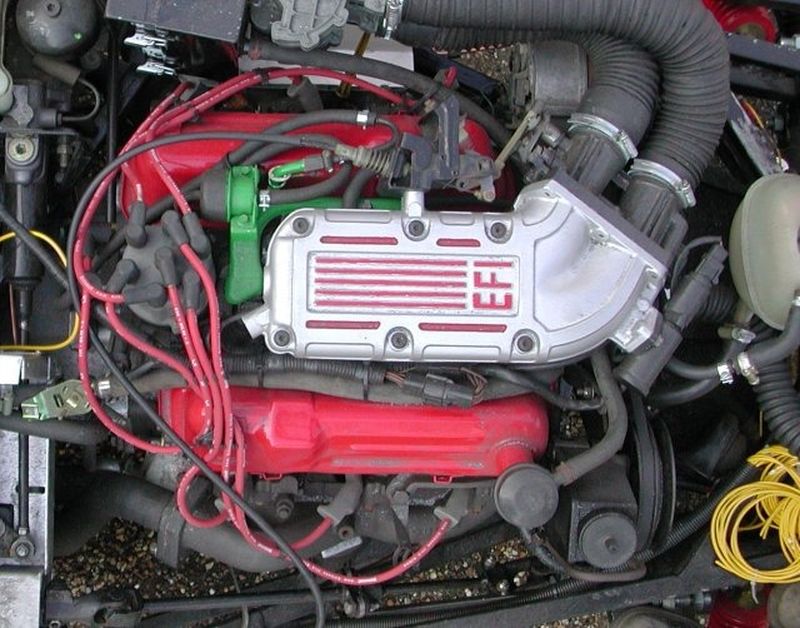
Rangers, Explorers, and Mustangs received timing chains and guides apparently constructed from materials slightly stronger than aged cheese. Plastic guides deteriorate while chains slap against timing covers until jumping timing entirely. Rattling at startup disappears when warm – temporarily.
Check engine lights and rough running follow timing chain stretch. The $1,200 preventative service around 100,000 miles beats $4,000 engine replacement costs. Address rattling sounds immediately rather than hoping they resolve themselves.
5. GM 1.4L Turbo Ecotec (2011-2019)
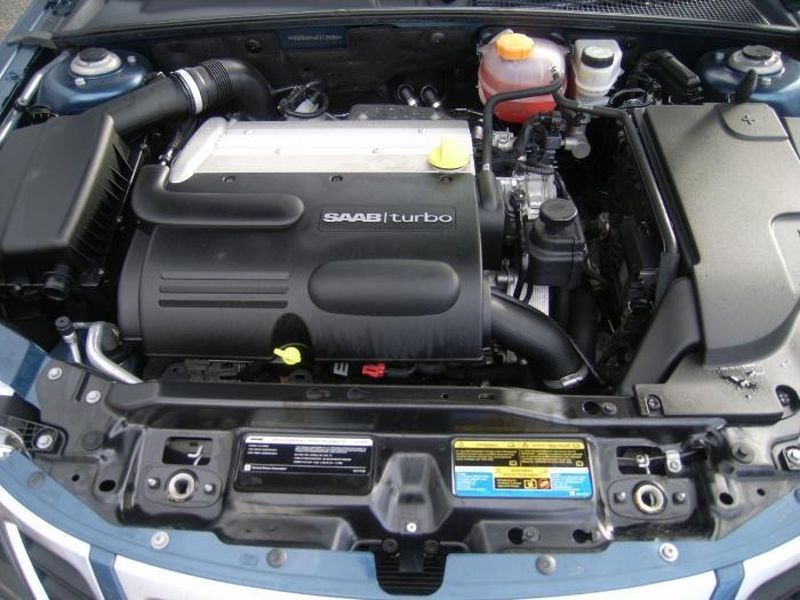
Chevy Cruze, Sonic, and Trax owners discover that small displacement plus turbocharging equals multiple problems. PCV system failures lead to oil consumption while turbochargers quit around 70,000 miles. Whistling noises and check engine lights become routine occurrences.
Power loss accompanies increasing oil consumption as problems develop. Replace PCV valves and covers when first symptoms appear to prevent costlier turbocharger damage. This tiny engine packs big repair bills into compact packages.
4. Hyundai/Kia Theta II 2.0L/2.4L (2011-2019)
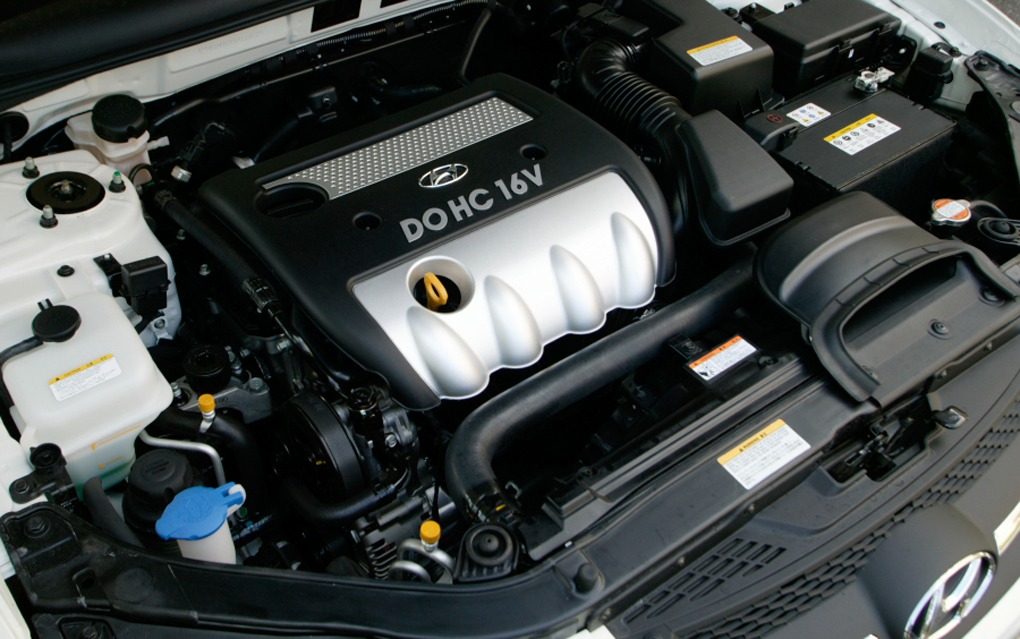
Metal debris from manufacturing defects turns these engines into expensive paperweights. Found in Sonatas, Optimas, Santa Fes and multiple other models, bearing failure occurs while driving at highway speeds. Recall rates make social media apology tours look modest by comparison.
Knocking during acceleration and unexplained power loss precede complete failure. Check engine lights frustrate mechanics who cannot identify root causes. Extended warranty coverage reaches 10 years/120,000 miles for affected vehicles – get inspection completed immediately if yours qualifies.
3. Subaru EJ25 Boxer Engine (1996-2019)
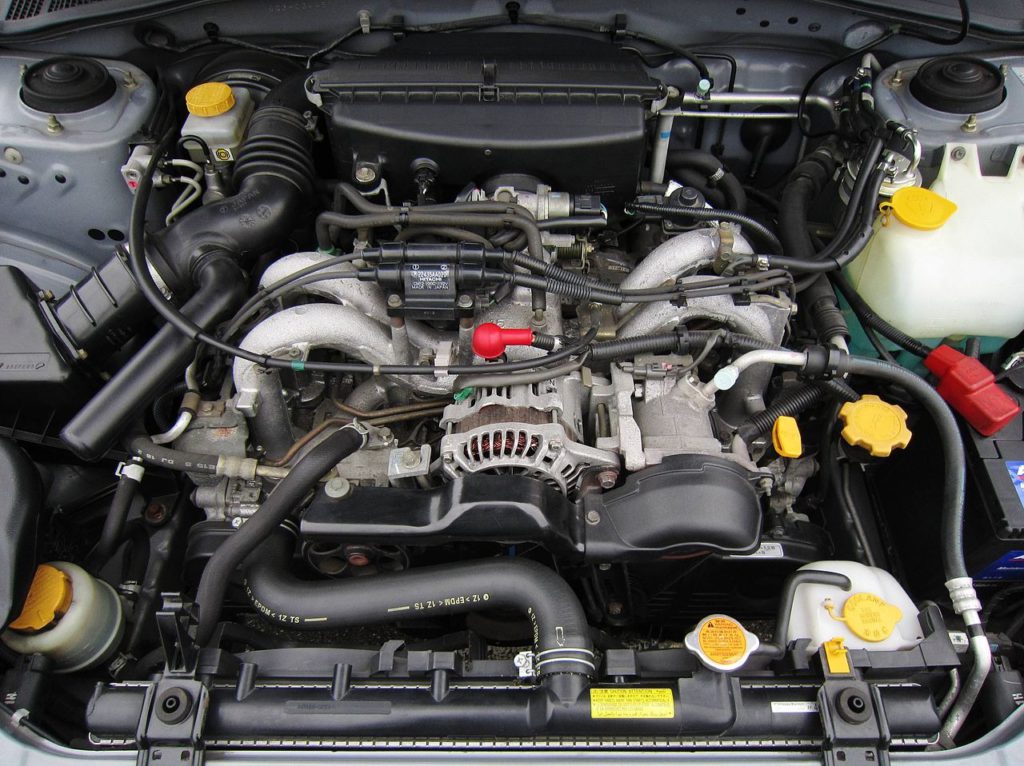
Head gasket failures on Subaru’s boxer engines became automotive legend for good reason. The EJ25 in Foresters, Outbacks, and Imprezas weeps oil and coolant between cylinder heads and block around 100,000 miles. Sweet-smelling white smoke from the exhaust announces the inevitable repair.
Bubbling coolant reservoirs and mysterious fluid loss confirm what Subaru owners dread most. When replacement time arrives, upgraded multi-layer steel gaskets and proper torque procedures prevent repeat failures. Budget for this repair as routine maintenance rather than unexpected surprise.
2. GM 5.7L Diesel V8 (1978-1985)
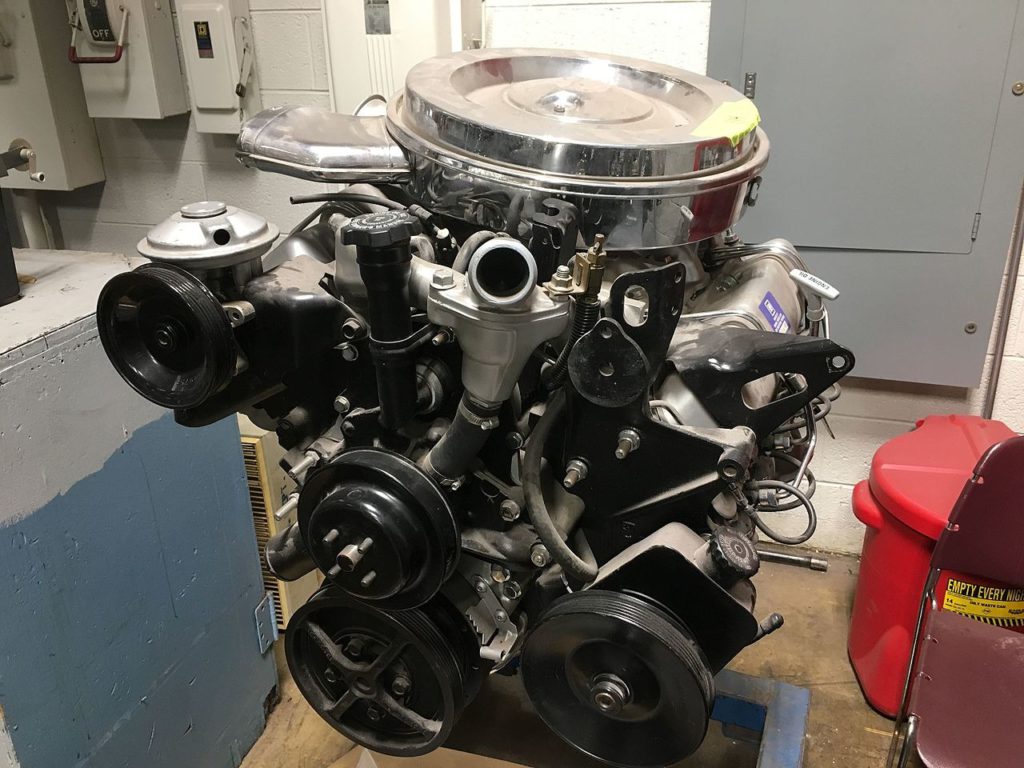
General Motors converted gasoline engine architecture to diesel without strengthening critical components. The result failed catastrophically before reaching 50,000 miles in most cases. Found in Oldsmobiles, Cadillacs, and other GM vehicles, these engines produced more smoke than power.
Excessive smoke signals, hard starting, and internal knocking sounds resemble someone trapped inside your engine bay. Converting back to gasoline operation often proves more economical than diesel repairs. These engines taught an entire generation to avoid GM diesel products.
1. Cadillac Northstar V8 (1993-2011)
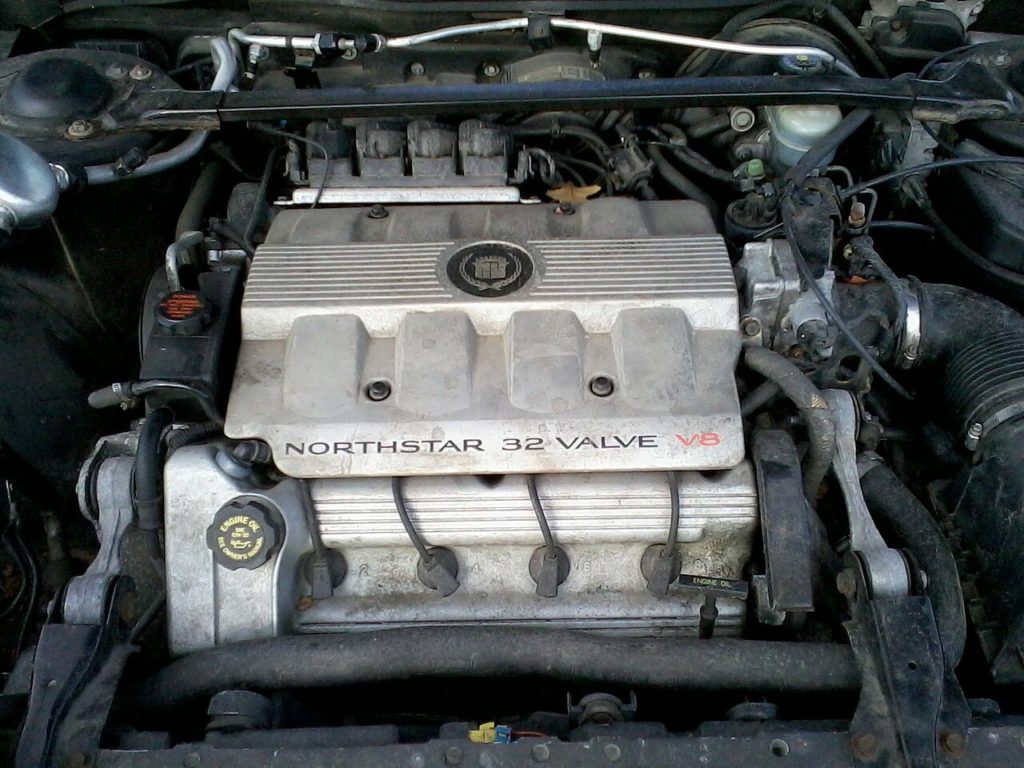
Cadillac’s Northstar engine attempted European luxury performance but delivered American repair frequency instead. Found in most Cadillac models through the 2000s, aluminum blocks and inadequate head bolts create perfect conditions for gasket failure. Overheating in traffic becomes a regular occurrence.
White exhaust smoke and vanishing coolant signal expensive repairs ahead. TimeSert repair kits or aftermarket head studs provide permanent solutions when standard repairs fail repeatedly. The engine’s sophisticated design demands equally sophisticated repair approaches to achieve lasting results.
Last modified: August 7, 2025







